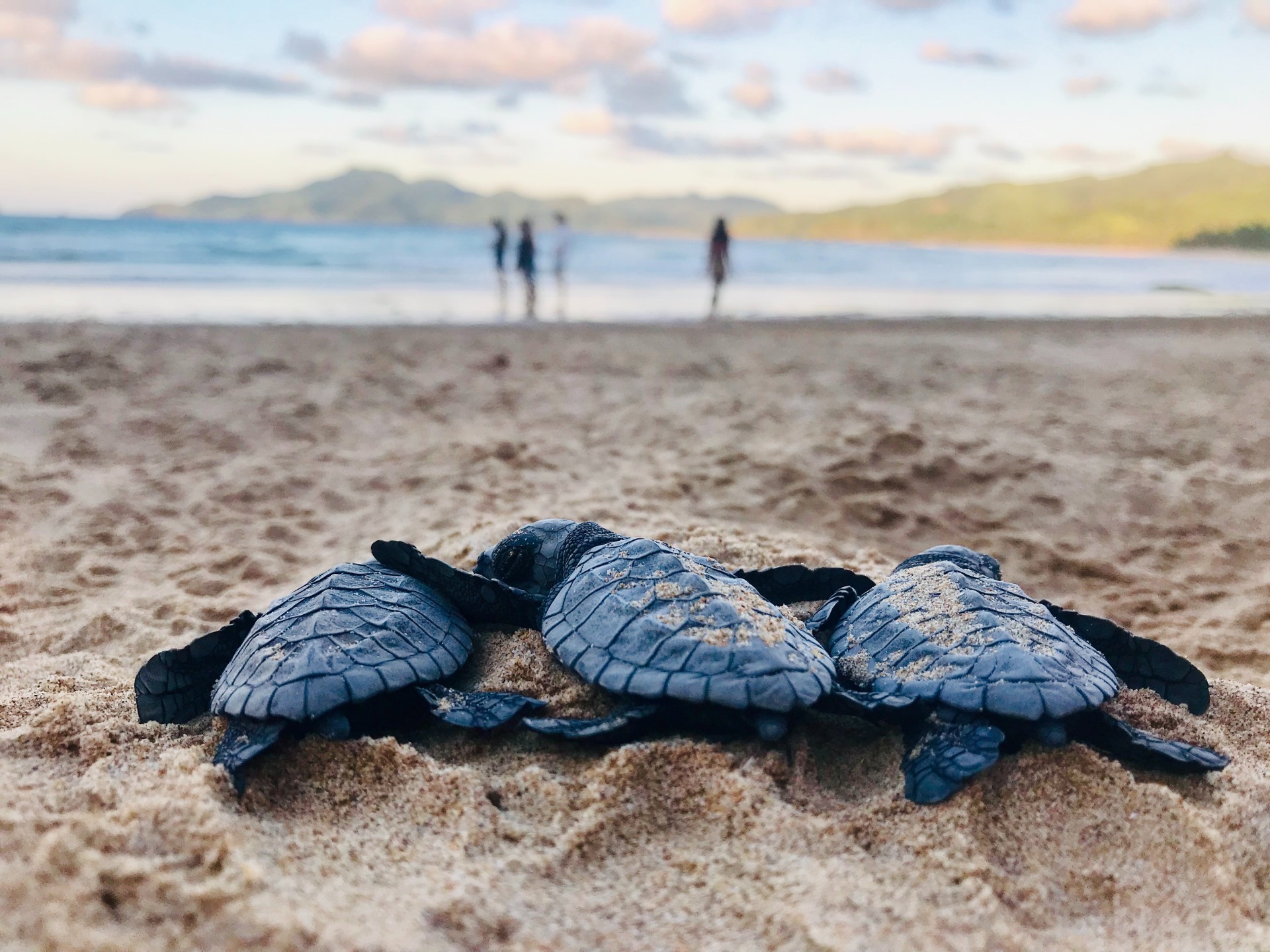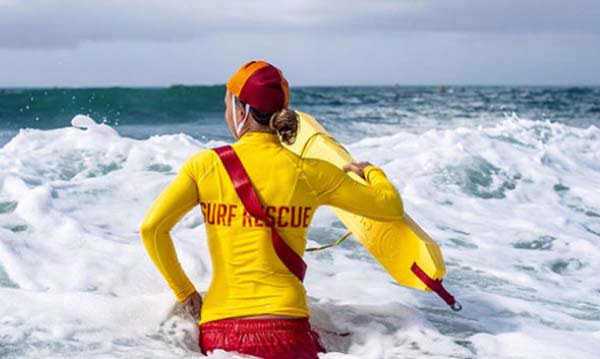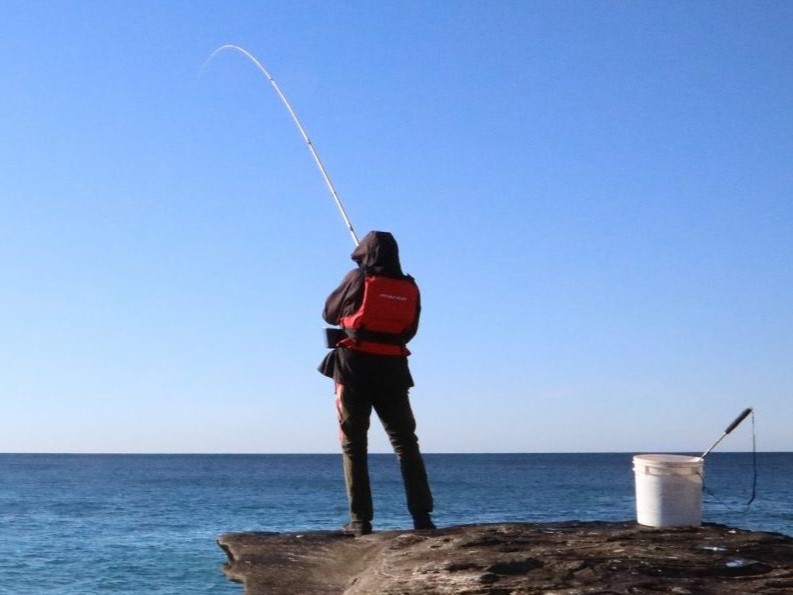Oceans are home to about 230,000 known species. However, because only 5% of the oceans have been explored, the total number of marine life living in these oceans could be over two million! There is lots of amazing marine life to see when you go to beach, but some of them can hurt you, such as the blue ringed octopus and bluebottles. This information on marine creatures can help to keep you safe when exploring the beach and rock pools.
What lives in the ocean and at the beach?
Rock Pools
At first glance, they might appear to be home to only a few limpets and some seaweed, but peering into the depths of even the smallest rock pool reveals incredible diversity. And no two are ever the same.
They are rich and fascinating places to explore but you should avoid putting your hands in the water and exploring rock crevices, as not all creatures are harmless.
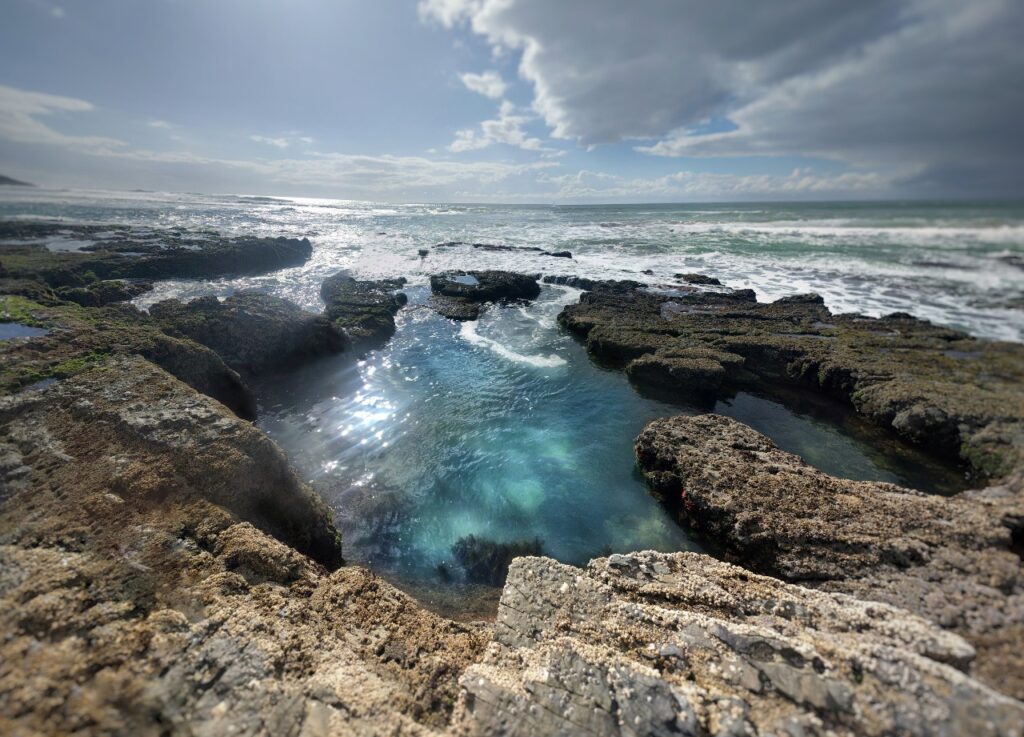
Blue ringed octopus
The blue ringed octopus is a beautiful, but deadly creature which can be found in rock pools.
You should NEVER put your hands in rock pools as they are extremely well camouflaged amongst the rocks. They are generally timid and will only display their blue rings when threatened. Their bite may not be felt, but within minutes symptoms include numbness of the lips and tongue, difficulty in breathing, followed by complete paralysis of the breathing muscles. In the event of a suspected bite, seek immediate medical attention.
Watch this short video to see how they change colour.
Bluebottles
Bluebottles (Portuguese Man o’War) are a very common stinger on NSW beaches, usually found washed up in the warmer months when a north easterly wind is blowing. See the long stringy part? That is the part that stings you.
What do we do if we get stung? You can wash off the tentacle with sea water and then run hot water where you were stung (no hotter than you can tolerate). If you can’t get hot water straightaway, you can apply cold water or ice to the sting.
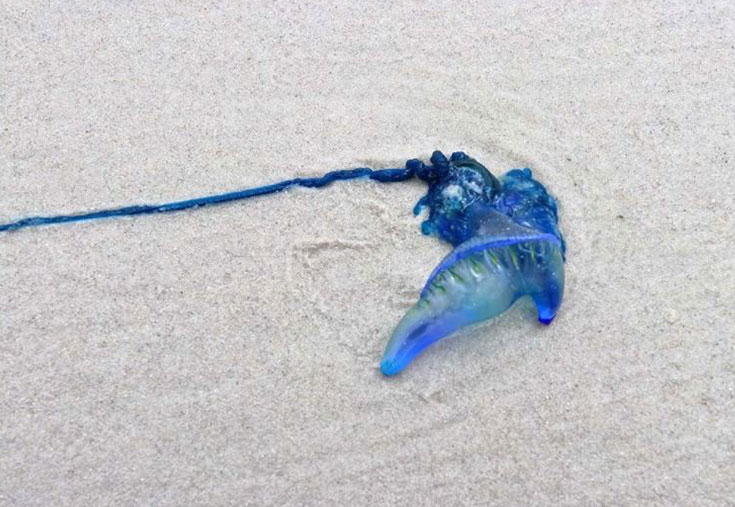
The truth about sharks
There are many types of sharks around Australia, and most are harmless to humans. Sharks hold an important role in its ecosystem, and should be respected but not feared.
Here are some simple tips to avoid encountering a shark at the beach:
- Avoid swimming at dawn and dusk
- Avoid swimming at river mouths or in murky, discoloured water
- Avoid swimming in or around schools of baitfish
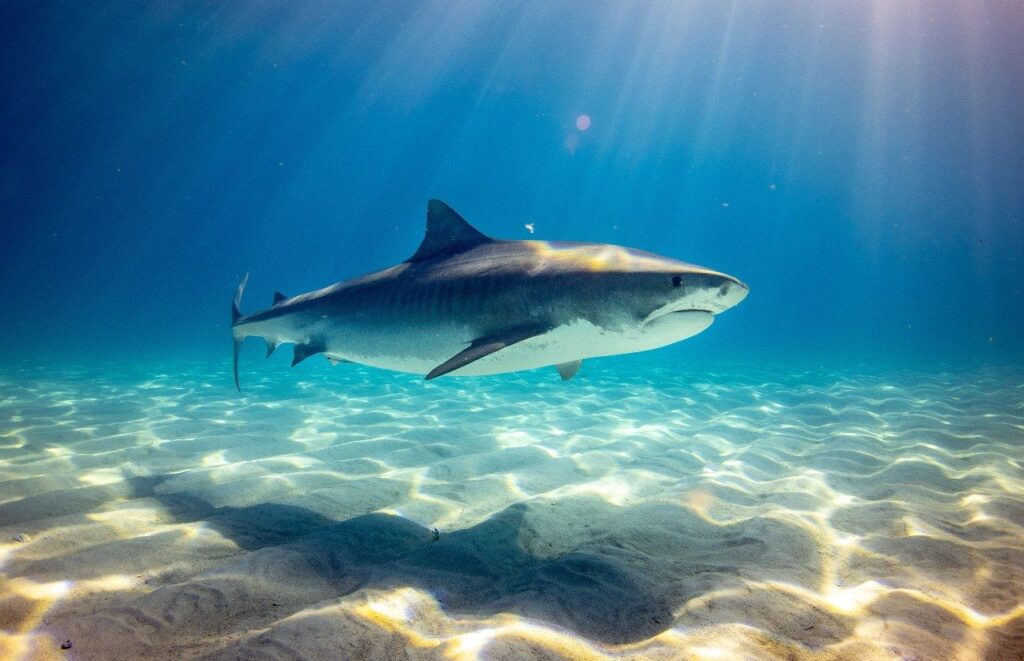

Did you know?
Cows kill more people then sharks every year! Check out our interesting facts about sharks for more info.
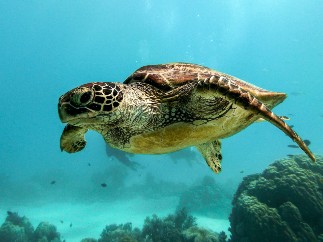
MARINE TURTLES
Marine turtles have lived in the oceans for over 100 million years. Did you know that they migrate thousands of kms in their lifetime through ocean basins and high seas?
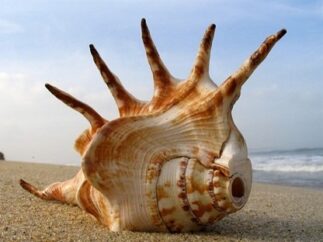
SEASHELLS
All those seashells you find on the beach were actually once home to small, soft-bodied creatures called molluscs. So what lives in them and how are they made?
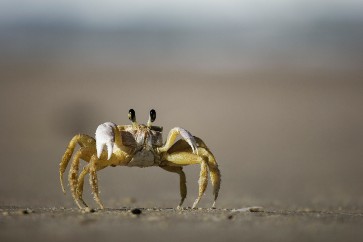
SURF CRAB
You may see a surf crab running backwards into its home when you are on the beach. It’s a bit cheeky as it will go into shallow water and may nibble on bare feet and remove bait from fishers’ hooks!
